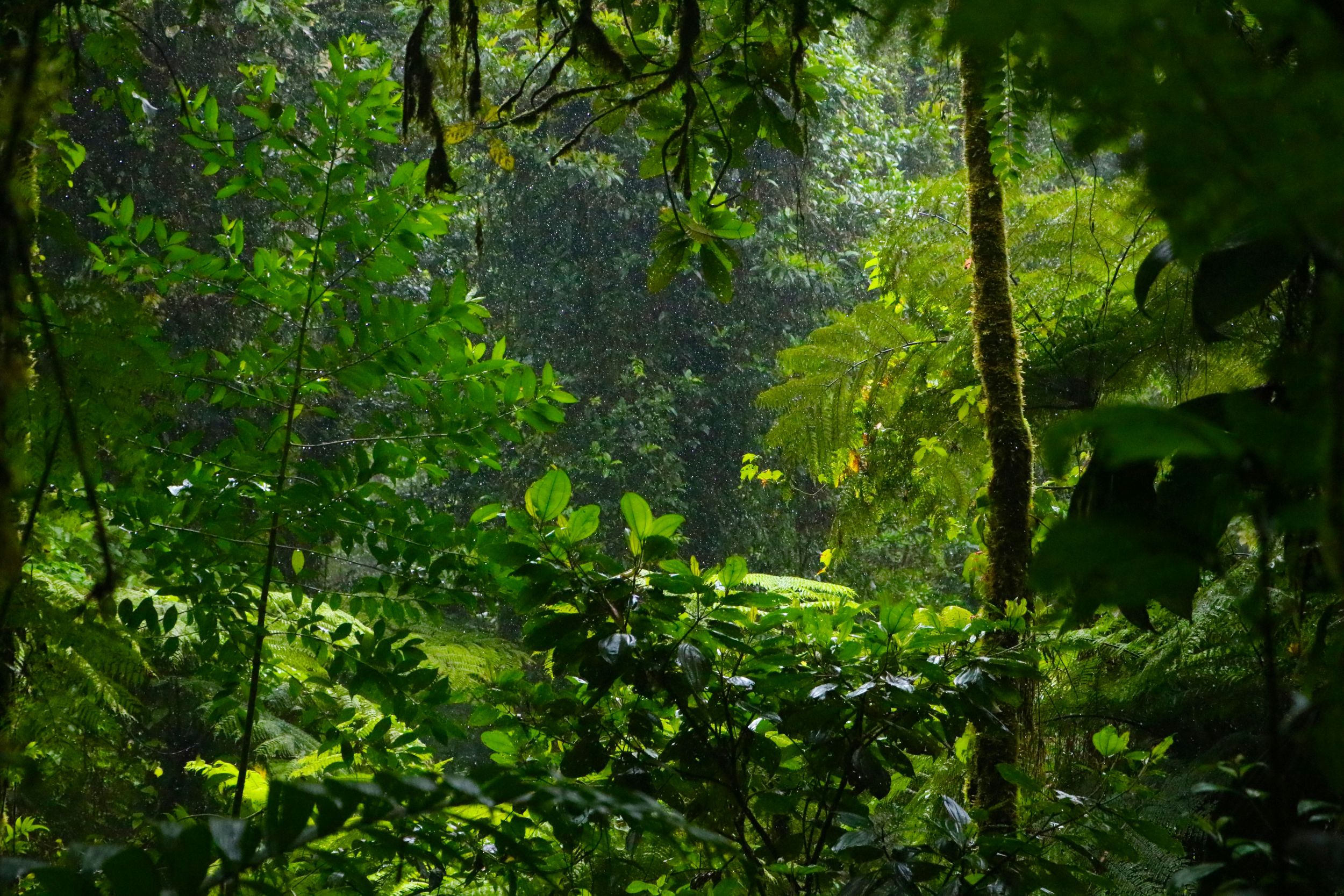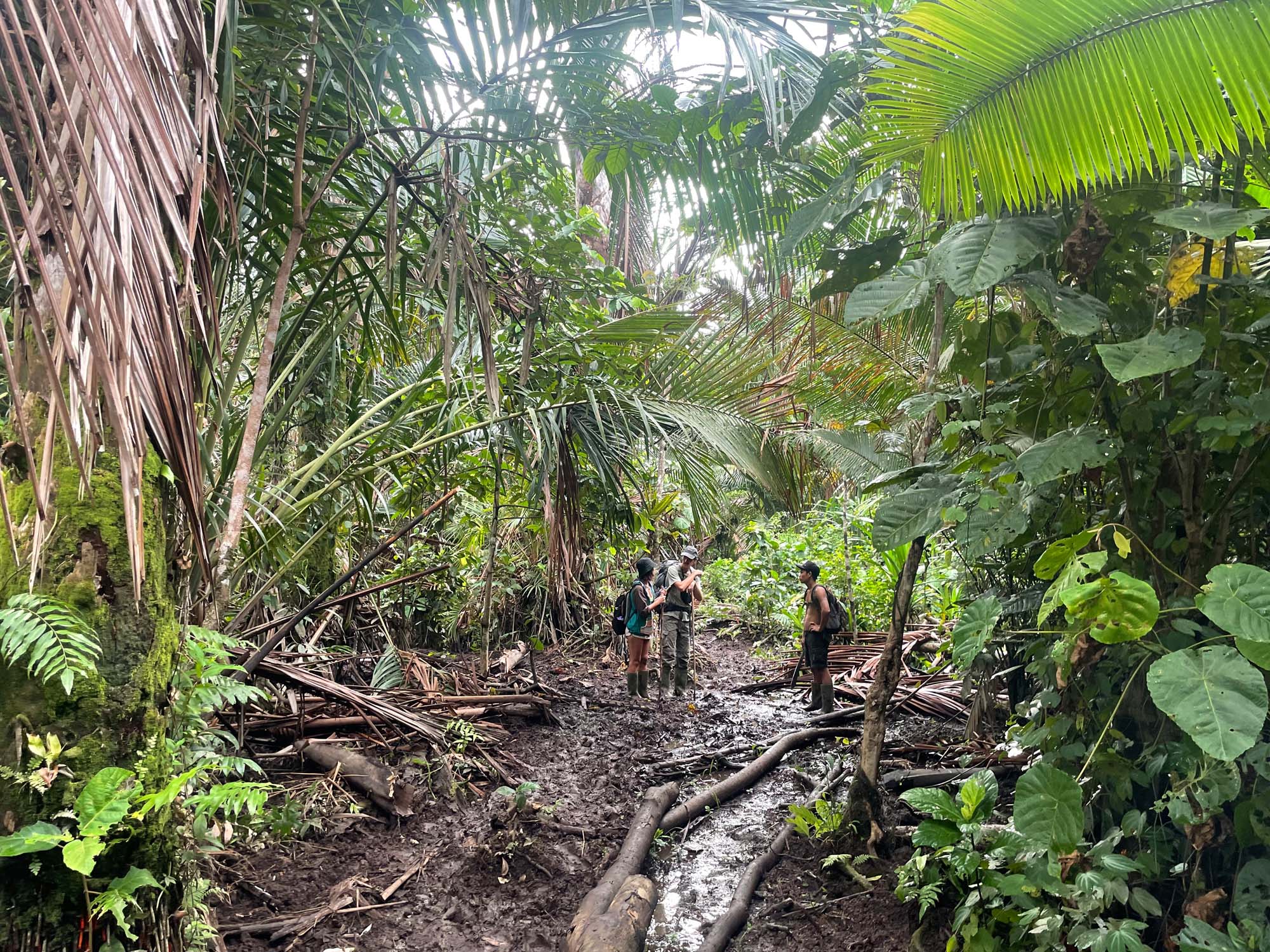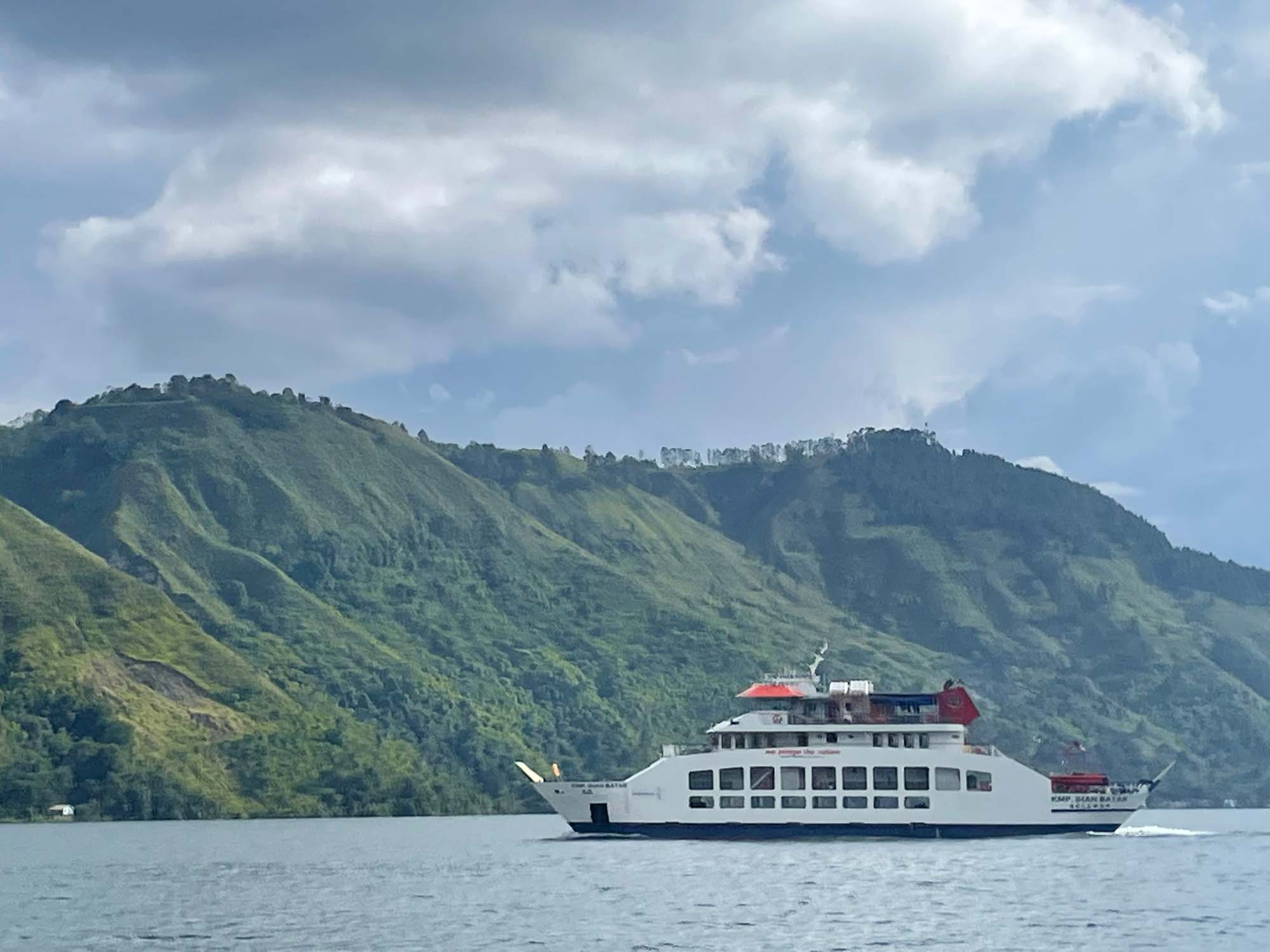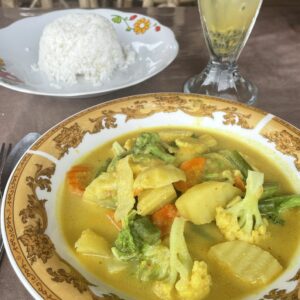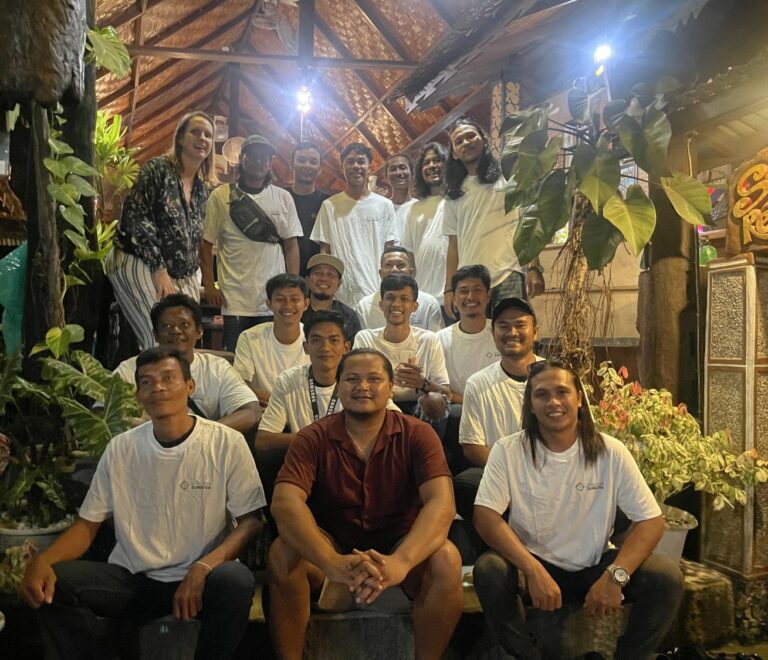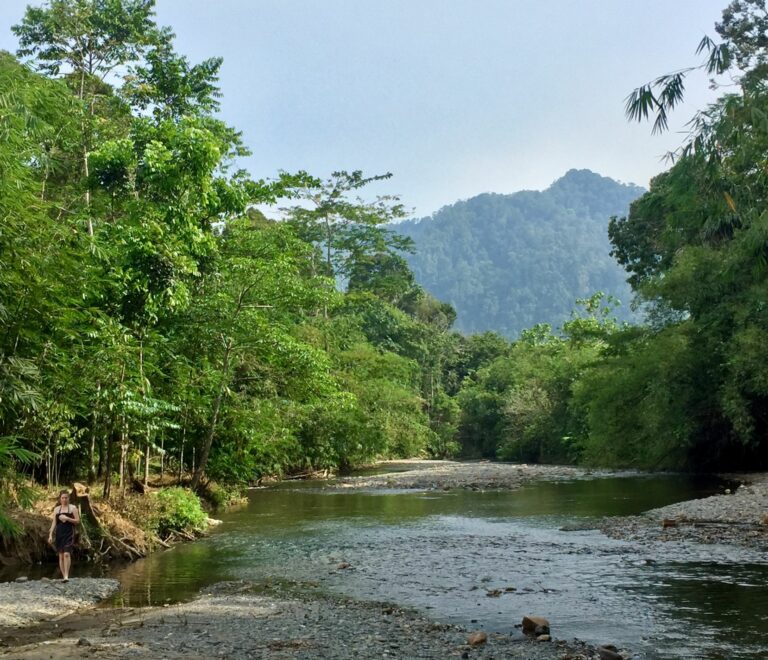Sumatra during rainy season
ToggleWhen is the rainy season in Sumatra?
Officially, the rainy season in Sumatra lasts from October to April. Recently, however, weather conditions have been shifting repeatedly. In July and August, there was more rain than usual, while in October there was almost none. It has truly become unpredictable. During the rainy season, heavy rainfall is only seen in a few areas. In contrast to other countries in Southeast Asia, the rainy season is much less intense and days of continuous rain are much rarer. If you visit Sumatra during rainy season, you should expect it to be mostly cloudy. However, this is only a disadvantage if you want to swim or sunbathe. As temperatures are high all year round, active holidaymakers enjoy the clouds that protect them from the sun and enjoy activities such as hiking, trekking and sightseeing.
Sumatra during the rainy season – a good time to travel
Many people wonder whether it makes sense to travel to Sumatra during the rainy season. The good news is: yes, absolutely. Sumatra can be visited all year round – even during the rainy season between October and April. Unlike other parts of Southeast Asia, such as Thailand, it does not rain for days on end here. Instead, there are usually short, heavy showers in the afternoon or evening that pass quickly. Afterwards, the sun shines as if nothing had happened.
During the day, it is usually warm, dry and ideal for excursions, jungle tours or cultural explorations. This makes Sumatra an attractive destination even during rainy season – especially for individual travellers, nature lovers and anyone who prefers to travel outside the peak season.
Jungle trekking in Bukit Lawang – an experience even in the rain
A highlight of any trip to Sumatra is jungle trekking in Bukit Lawang – and this also takes place during the rainy season. Our experienced guides know the rainforest inside out and will guide you safely through the humid wilderness. Rain not only brings cooling, but also a very special atmosphere: the jungle is lush green, the wildlife is active, and the sound of the rain is simply part of the experience.
Travellers should definitely bring a light rain jacket and a rain cover for their backpack. Equipped like this, nothing stands in the way of trekking in the rain.
Read also: Jungle Trekking in Bukit Lawang – everything you need to know (itinerary, prices, guides)
Lake Toba: Mystically beautiful in the rainy season
The famous Lake Toba on Samosir Island also has its own unique charm during the rainy season. When wisps of fog settle over the green hills and the lake glistens silvery, a mystical, dreamlike atmosphere is created. The clear air, calm waters and few visitors make this a particularly atmospheric time to relax and enjoy nature to the fullest.
Read also: Travel Guide for Lake Toba
Ferries: Minor restrictions possible
If you are planning to visit remote islands such as the Mentawais or Pulau Weh during the rainy season, you should remain flexible. Strong waves can cause ferries to depart late or be cancelled at short notice. In such cases, we at Discover Sumatra will of course take care of alternative travel plans or rebookings so that you can continue your journey without any worries.
Less tourists, lush jungles
Another advantage of travelling to Sumatra during the rainy season is that you will encounter significantly fewer other travellers. There is plenty of accommodation available, the sights are not overcrowded, and nature is at its most beautiful – lush green, vibrant and full of energy. If you are looking for an authentic travel experience, now is the time to find it.
Conclusion: Sumatra during the rainy season – the quiet, green season
A trip to Sumatra during the rainy season is a wonderful opportunity to experience the island in its most pristine form. With a little preparation, the right clothing and an open mind towards spontaneous weather changes, your trip to Sumatra will be an intense and unforgettable experience.
Read also: Best time to visit Sumatra
Foto von Marcel Christen auf Unsplash

